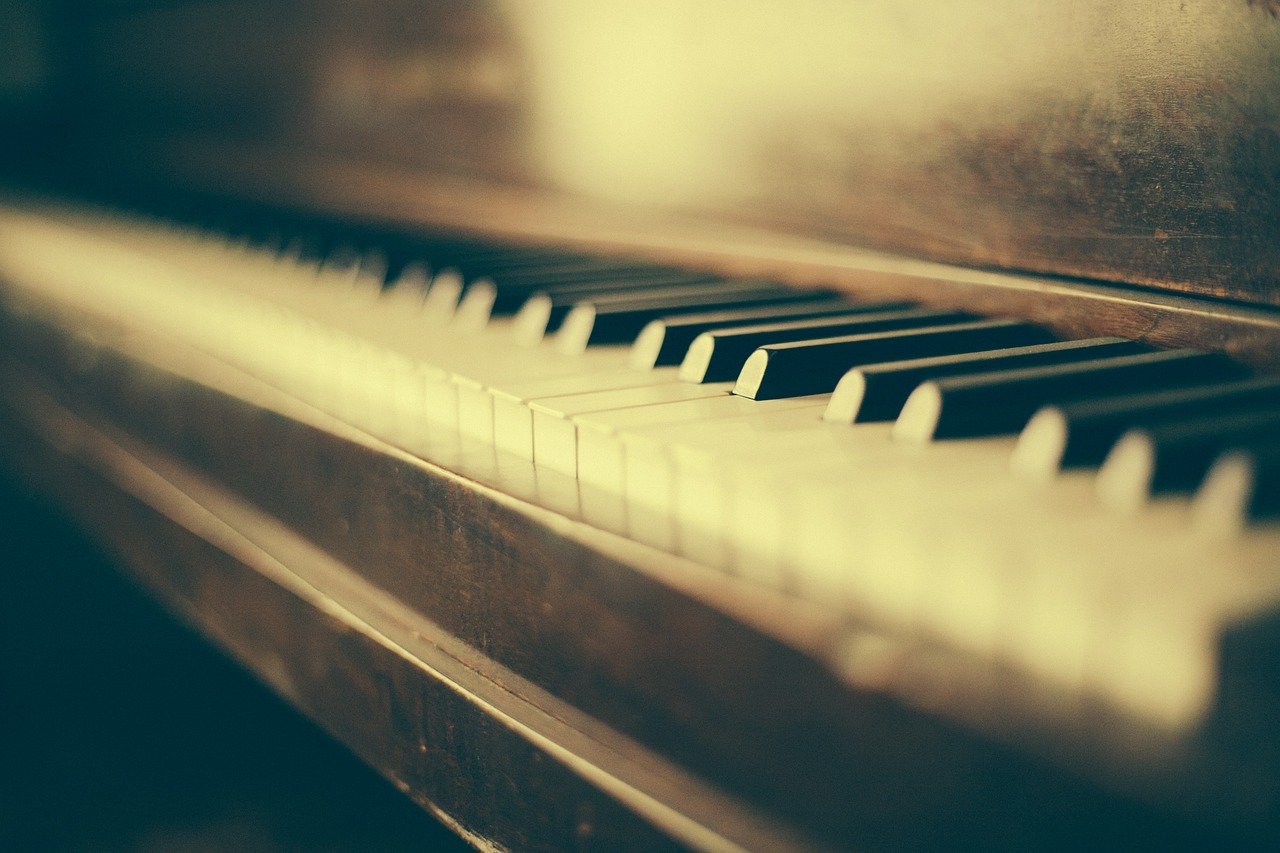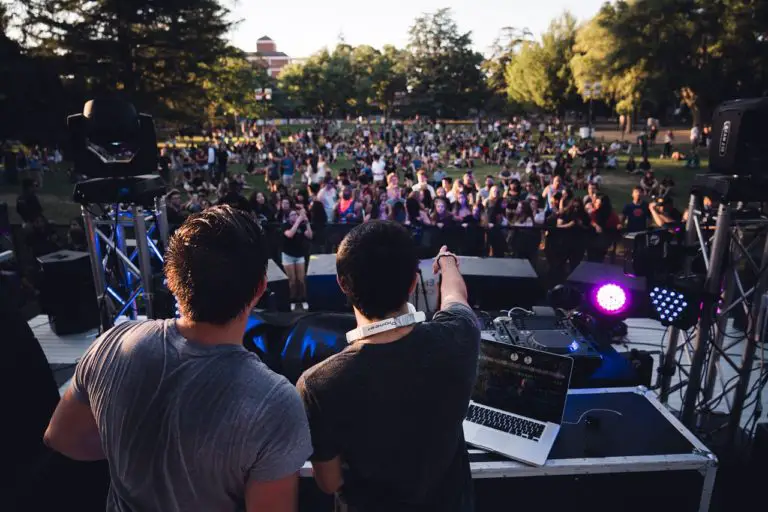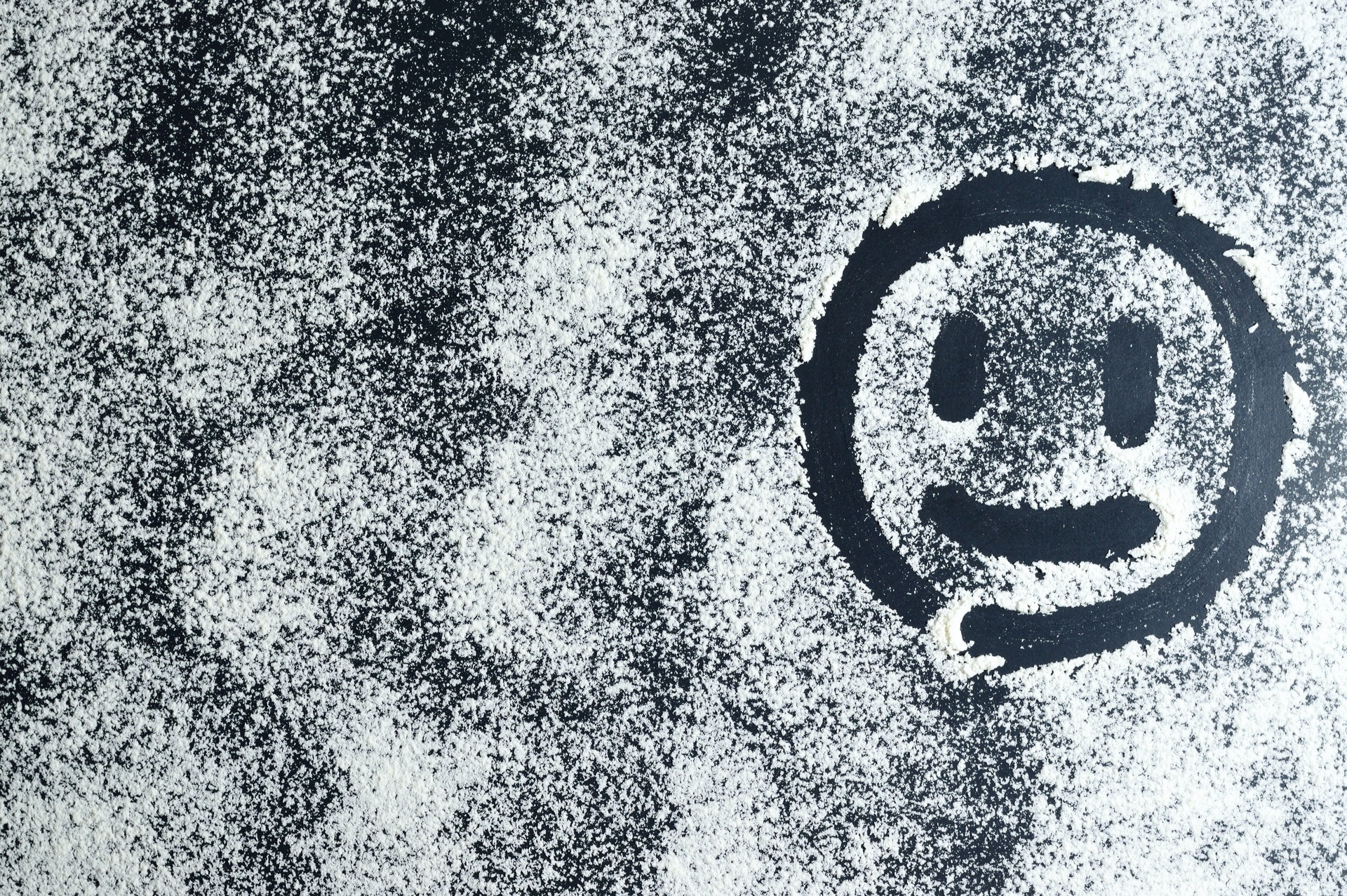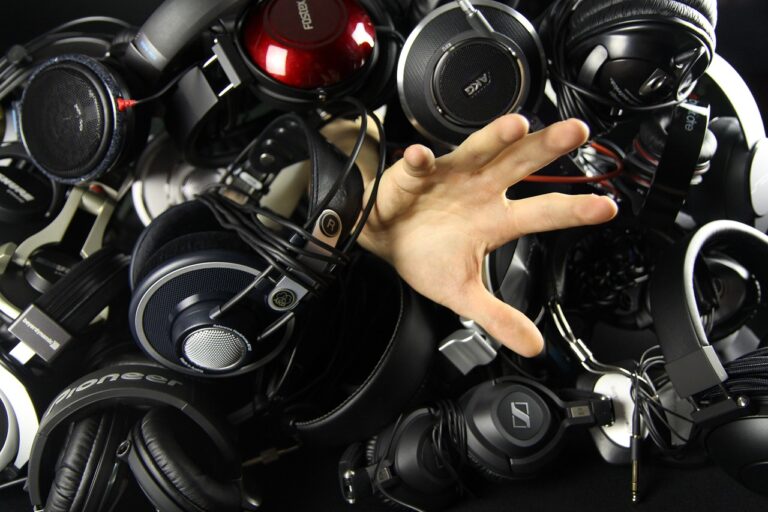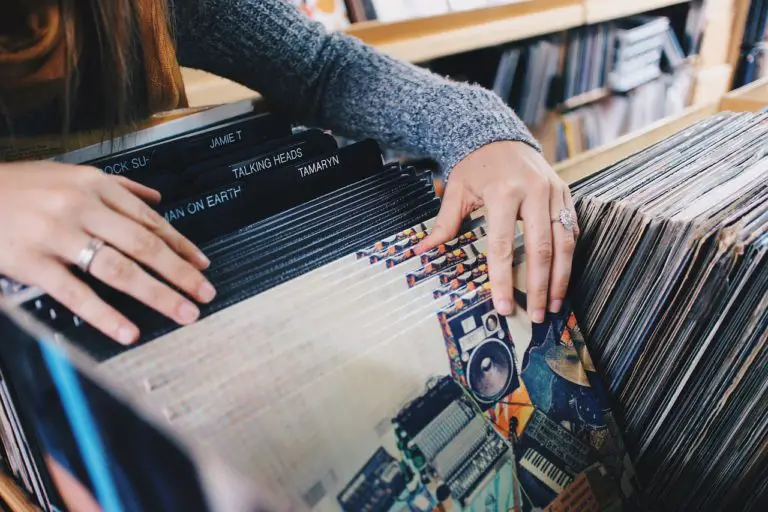How Are Music And Math Related?
If you were a kid like me, you wanted nothing to do with math. Instead, you wanted to do nothing but pursue creative endeavors, such as learning music. Despite my best efforts, my knowledge of math helped me when I learned to play sheet music.
So, How Are Music And Math Related? Music is built up of sound waves, which combines wavelength, frequency, pitch, and tone. All of these can be expressed using mathematics. Also, the teaching of music theory involves numbers. You can find this in scales and time signatures.
In this article, we will explore further evidence of how math and music are directly connected. We will apply this to music as it is seen in history and modern applications.
How Do Music And Math Come Together Physically?
To understand where this idea originated, we must go back to the year 500 BC. The Greek philosopher, Pythagoras, was one of the first historical figures to connect music and math.
The story says that he discovered while listening to the blacksmiths’ hammers smash against the anvils. He stated that hammers that had a difference of 2:1 in their weights would be at different octaves.
This statement was not entirely true. However, this discovery eventually leads to an understanding of how different thickness, density, length, and size would lead to deeper noises.
Apply this knowledge to a guitar, and we can understand that a higher gauge string can use drop tunings, which provides an overall deeper sound for those who play rock or metal.
Next, we can apply this process to pitch and frequency.
How Music Theory Applies To Math
Whether you be a singer, pianist, or musician, you understand that octaves have different pitches. When comparing math and music, it is important to understand that noises played at higher frequencies are played with different pitches.
Frequencies are typically measured in hertz (Hz). Assuming that our base amount of hertz is 100, the next octave could be 200 Hz. Different octaves are not automatically 100 Hz; this is to give you a simple example. Also, don’t confuse this with playing different notes. Those are still part of the same octave.
Hertz is our measurement for the number of cycles in a sound’s wavelength per second. To make this easier, think of how water waves are affected by vibration. As something shakes the ground in the ocean, small waves fan out until they reach the shore.
Assuming that the ocean is releasing two-foot-tall waves traveling at a speed of eight inches per second, it means that this “ocean frequency” is 1/4 inches per second. In sound terms, this would be .25 Hz.
There are some minor variants in these formulas, depending on where you measure sound, but let’s not make things too complicated.
In the world of sound, a shorter, faster wavelength is a higher-pitched sound. So that means that incredibly high-pitched sounds are the water equivalent of a rogue wave, which can turn over boats in a moment.
So we can tell those different frequencies are clear indications of sound applying to mathematics. To really tie this into music, we need to dig into scales.
How Does Frequency Apply To Different Scales?
Different notes are grouped using scales, which are a pattern of notes in the same octave. The most common scale is called the major scale, which you can find below:
- C–D–E–F–G–A–B
Music nerds will also apply this major scale to counting, which looks like this:
- 1–2–3–4–5–6–7
It goes up to seven because that is common of western scales. These different notes (or tones) are the first skill your child will learn if they end up being a band nerd.
Each step up in this scale is called a “whole step.” When we include sharps and flats here, those are called half steps (or semitones). Each of these tones has a different frequency. Below is a table containing the frequencies of the major scale:
| Note | Frequency |
| C | 16.4 |
| D | 18.4 |
| E | 20.6 |
| F | 21.8 |
| G | 24.5 |
| A | 27.5 |
| B | 30.9 |
| C (next octave) | 32.70 |
This frequency starts from low C. Because it is a low noise, it also has the lowest wavelength. Higher pitched noises will always have shorter wavelengths.
While it is easy to get overwhelmed by this, this is a clear sign that music and mathematical concepts belong together. The second half of how it applies to music comes from how we read sheet music.
How The Form And Rhythm And Beats Of Music Applies to Mathematics
In the beginning, music was solely passed down through oral transition. Only the richest had the skills needed to print. All of this changed in the 1970s with the invention of the first laser printer.
During that time, it became easier for writers of sheet music to produce reminders of timing. These timing reminders, otherwise known as the rhythm, came in the following forms:
- The pulse (or beat) is a music theory term made of a series of timed notes.
- The bar (or measure) is a vertical divider indicating when a segment of notes is finished.
- Repetition is an important aspect used to restate a common them. It is often associated with the chorus of music. In sheet music, it is indicated by a bar with a double line and two dots.
- The time signature is the two numbers at the beginning of each measure. The top numbers tell you how many notes to expect, while the bottom how many notes one beat lasts. For example, 4/4 tells you there are four quarter notes in each measure.
Sheet Music And Math
The production of sheet music relies heavily upon one’s understanding of math. Timing is crucial, especially when you reference the time signature, which will tell you the beat.
If you have ever played in a high school (or middle school) band, you understand the importance of keeping your eye on the conductor. They dictate the pace of the music, keeping everyone on the same timing.
It is the basic understanding of fractions that dictates much of sheet music. So if you want your child to be interested in math, encourage them to sign up for the school band and let them make the comparison.
For further proof, I suggest taking a look at this TED talk with Mathematician and Musician Marcus Miller. While he doesn’t relate the two, he does remind you of the beauty one can experience in both topics:
Now that we have something of a physical relationship between math and music, we can look toward the mental science behind music and math.
How Music And Math Can Help Your Mind
Whether or not you want to become the next Beethoven, Haley Williams, Pharrel, or Zack Wylde, music is still a powerful tool. I wake up every single morning with music. For the longest time, my “get up song” was “From The Flame” by Leprous.
Studies have proven that music can improve every aspect of your life. A study from Harvard Health indicated it was known to reduce pain, depression and enhance sleep quality. Other studies have suggested that music is associated with a forty percent increase in math performance.
Math and music refer to different sides of your brain. The left side is better at things like math and reasoning. The right side is better for creative pursuit. But given that we’ve said that music and math relate in a practical sense, we can also see them linked in a mental mind.
How Music Helps The Left And Right Brain Collaborate
Mathematics is very much the study of matching patterns. Sometimes this study can go as far as physics. However, it can also stop at music.
Music is full of patterns and repetition, which we have discussed throughout this article. Whether through the pleasant sound of specific frequencies (tones) or through tracking of time sequence and beats, there is a lot of left-brain in this right-brain activity.
The best musicians will follow this up by telling you about the importance of practice. While it is easy to believe that artists have random bouts of inspiration and great singers are born overnight, they spend a lot of time working toward this goal.
Humans enjoy patterns. Patterns make them better people, musicians, and mathematical wizards.
Conclusion
Math and music are both very different skills that seem to use other parts of the brain. However, through further analysis and a look into history, one can see that math and music are directly linked.
Math and music are connected everywhere regardless of where you look. This applies to frequencies, scales, timing, and overall healthy cognition. Whether you use music to help you through your math project or math to help you through music, it can go both ways.
The next time you play some music, try and think of some creative ways to apply mathematical concepts. While you don’t necessarily have to be a music theory expert, you can still be creative with your work.
Keep it on Bythebarricade.com for tons of punk rock interviews, reviews, articles, and photos! Also, “Like” By the Barricade on Facebook to never miss a post.

